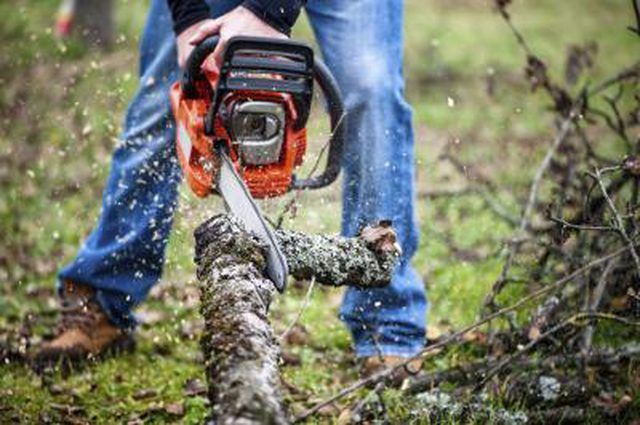Bulbs
Flower Basics
Flower Beds & Specialty Gardens
Flower Garden
Garden Furniture
Garden Gnomes
Garden Seeds
Garden Sheds
Garden Statues
Garden Tools & Supplies
Gardening Basics
Green & Organic
Groundcovers & Vines
Growing Annuals
Growing Basil
Growing Beans
Growing Berries
Growing Blueberries
Growing Cactus
Growing Corn
Growing Cotton
Growing Edibles
Growing Flowers
Growing Garlic
Growing Grapes
Growing Grass
Growing Herbs
Growing Jasmine
Growing Mint
Growing Mushrooms
Orchids
Growing Peanuts
Growing Perennials
Growing Plants
Growing Rosemary
Growing Roses
Growing Strawberries
Growing Sunflowers
Growing Thyme
Growing Tomatoes
Growing Tulips
Growing Vegetables
Herb Basics
Herb Garden
Indoor Growing
Landscaping Basics
Landscaping Patios
Landscaping Plants
Landscaping Shrubs
Landscaping Trees
Landscaping Walks & Pathways
Lawn Basics
Lawn Maintenance
Lawn Mowers
Lawn Ornaments
Lawn Planting
Lawn Tools
Outdoor Growing
Overall Landscape Planning
Pests, Weeds & Problems
Plant Basics
Rock Garden
Rose Garden
Shrubs
Soil
Specialty Gardens
Trees
Vegetable Garden
Yard Maintenance
What Is Chain Saw Bar Oil?
What Is Chain Saw Bar Oil?. Chain saws operate at high speeds, with engines revving as high as 3,500 revolutions per minute. The motor drives the saw's chain around a guide bar to cut wood, which generates a considerable amount of friction between the chain and the bar. Chain saw bar oil is used to reduce that friction, helping to extend the life...

Chain saws operate at high speeds, with engines revving as high as 3,500 revolutions per minute. The motor drives the saw's chain around a guide bar to cut wood, which generates a considerable amount of friction between the chain and the bar. Chain saw bar oil is used to reduce that friction, helping to extend the life of the chain saw's engine.
Bar Oil Benefits
Bar oil lubricates the joints of the chain saw's chain and helps reduce friction between the chain guides and the groove in the guide bar. This lubrication allows the chain to rotate faster, with less effort required by the engine. It keeps the chain and bar cooler, helping to preserve the life of the chain as well.
Oil Application
Chain saws have a reservoir in the body of the saw for holding bar oil. On some models, the oil is applied to the chain manually, with the push of a control on the handle. Other chain saw models automatically distribute oil as the saw is used. Auto-oilers are designed to distribute all of the bar oil in about the same amount of time it takes for the engine to use a tankful of gasoline.
Types of Oil
Most chain saw manufacturers recommend using specialty bar oil rather than other types of oil. Bar oil is typically thicker than motor oil or other common oils and is designed to adhere to the chain and stay put during use. Thinner oils are thrown off by the speed of the chain and fail to reduce friction between the chain and bar.
Oils to Avoid
Some woodsmen have tried alternatives to bar oil, with varying degrees of success. Used engine oil is one type to avoid. Used motor oil typically has lost some viscosity through its use in an engine, and it often has microscopic flakes of metal that can cause damage to the bar and chain.
Past Alternatives
Homemade mixtures of motor oil and thicker automotive lubricants were popular alternatives to bar oil at one time. The blends were touted as inexpensive replacements for higher-priced bar oil, but economic shifts reduced the savings. Improper oil blends can result in poor performance or costly damage to your chain saw.